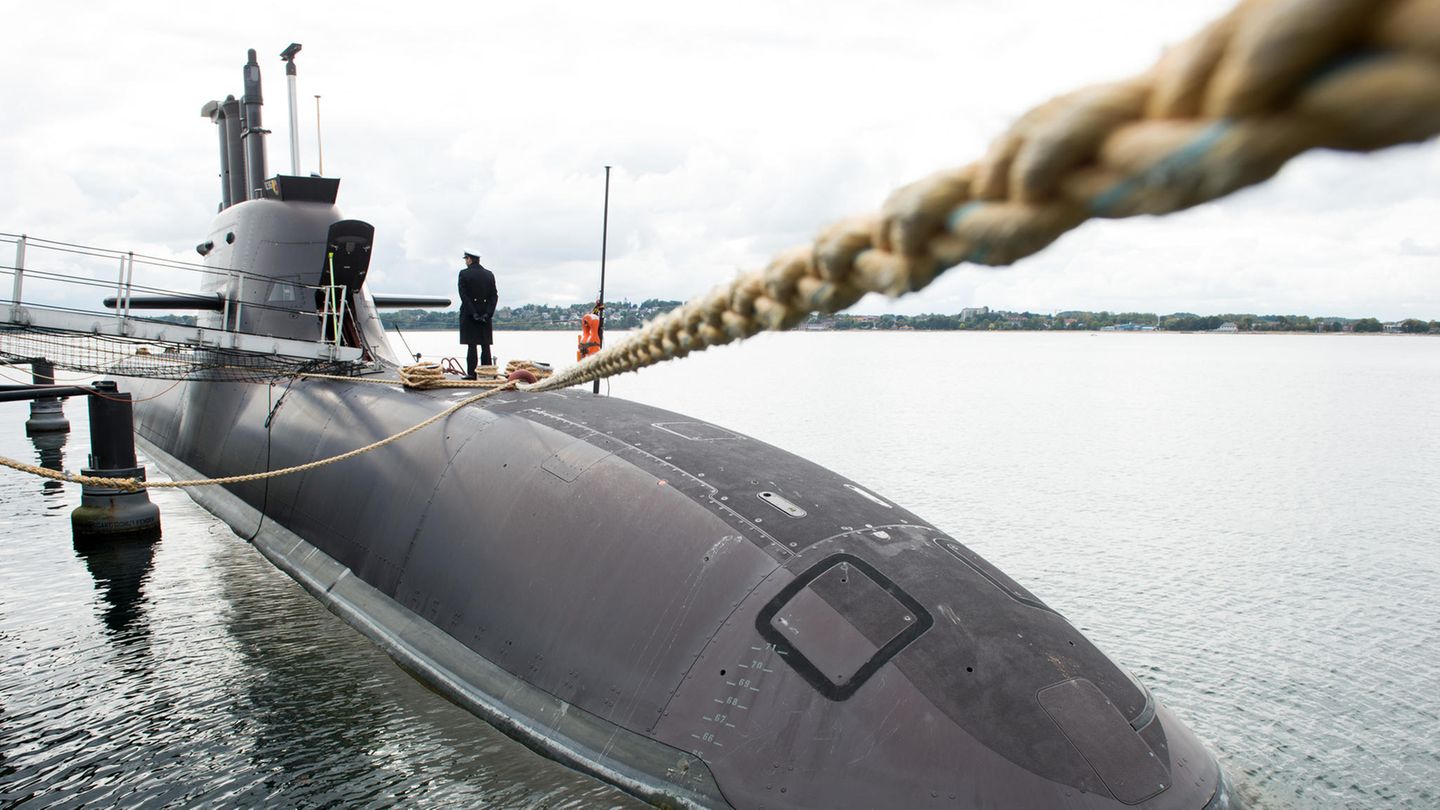Trump demand
What an increase in the defense budget would mean for Germany
Copy the current link
Donald Trump is demanding that NATO partners invest five percent of their economic output in defense. This would then be the largest item in the federal budget.
It is an initiative that NATO will be working on for a long time. The future US President Donald Trump called on NATO allies to invest five percent of their economic output in defense before he was sworn in on January 20th. The common NATO target is currently two percent. The demand will also shake up the federal election campaign.
What is the current status in NATO?
At the 2023 summit in Lithuania, the NATO states set themselves the goal of permanently spending at least two percent of their gross domestic product on defense annually. This agreement expanded the 2 percent target from 2014, which officially only called for all allies to work toward 2 percent spending. At that time, with the exception of the United States, Great Britain and Greece, all member states were below this mark, and some, like Germany, were even very far. This has now changed in the wake of the drastically increasing threat from Russia.
According to the latest NATO statistics from June 2024, of the 32 NATO states, only eight countries are below two percent, although Iceland is not taken into account as a member without its own armed forces. However, all members of the alliance are far from Trump’s ideal of five percent – including the USA itself. The leaders are the countries bordering Russia, Poland (4.12 percent) and Estonia (3.43 percent). The USA follows behind as by far the strongest NATO state with 3.38 percent. According to the June estimate, Germany will be at 2.12 percent in 2024.
What would five percent mean for the federal budget?
In purely mathematical terms, a NATO quota of five percent in 2025 would mean defense spending of significantly more than 200 billion euros, given the federal government’s expected gross domestic product of 4,400 billion euros according to the autumn forecast.
In 2025, the classic defense budget should be 53.3 billion euros according to the draft of the 2025 federal budget, which has not yet been approved by the Bundestag. That is around eleven percent of the total budget of around 489 billion euros. This does not include eligible military aid for Ukraine and, for example, expenditure from the Bundeswehr’s 100 billion euro special fund, which is expected to be exhausted in 2027. For this reason, Germany was recently able to report spending of around 90.6 billion euros to NATO for 2024.
From the Cold War to today: the history of NATO in pictures
April 4, 1949
Ten Western European countries, the USA and Canada founded NATO in Washington to counter the threat from the Soviet Union. They undertake to support each other in the event of an attack (“alliance case”). The alliance will gradually expand in the following years. In the photo: the representatives of the participating countries during the signing ceremony on April 4, 1949 in Washington DC
© EPS / AFP / Picture Alliance
Back
Further
For comparison: By far the largest individual budget is currently that of the Ministry of Labor with around 179 billion euros – this includes, for example, billions in spending on pension insurance and citizens’ benefits. If defense spending were increased to five percent of GDP, the defense budget would probably be the largest.
How are the parties positioning themselves on this issue in the election campaign?
The parties in the collapsed traffic light coalition and the Union have established two percent as the lower limit, although the government only achieved this with the help of the special fund for the Bundeswehr. It is still unclear how the goal will be financed from the regular budget in the future.
The Union’s election program states: “We see NATO’s current two percent target as the lower limit of our defense spending in order to enable a fully operational Bundeswehr with full personnel and material resources.” CSU boss Markus Söder called for an increase to “well over three percent” in Germany on RTL/ntv. The Union parliamentary group vice-president Johann Wadephul told the editorial network Germany that they were “ready to aim for three percent as a further goal.”
According to the draft program, the SPD also wants “sustainable defense financing of at least two percent of the gross domestic product,” while the Greens want “significantly more than two percent of the gross domestic product to flow permanently into our security and defense capability.” They want to finance this through larger loans. Chancellor candidate Robert Habeck sees 3.5 percent as the target for the next few years.
In a draft program, the FDP is committed to fulfilling NATO goals. This includes Germany meeting at least NATO’s two percent target, and in the future even three percent. “If NATO agrees to higher goals, we will also meet them and invest even more in our security.”
What about the AfD, BSW and the Left?
The left takes a completely different tone. Party leader Jan van Aken told the DPA news agency that the current defense budget of 52 billion euros is completely sufficient for national defense. The election program of the Sahra Wagenknecht alliance does not mention any specific figure for possible arms spending. The party describes itself as the “only consistent peace party in the German Bundestag”.
The draft of the AfD election program, which is to be decided at a party conference this weekend, simply states that the Bundeswehr must be “financially well equipped”. In a recent interview with the US magazine “The American Conservative”, party leader Alice Weidel said that an AfD-led government would significantly increase the defense budget, without giving a figure.
DPA
tkr/Carsten Hoffmann, Andreas Hoenig and Michael Fischer
Source: Stern
I have been working in the news industry for over 6 years, first as a reporter and now as an editor. I have covered politics extensively, and my work has appeared in major newspapers and online news outlets around the world. In addition to my writing, I also contribute regularly to 24 Hours World.




